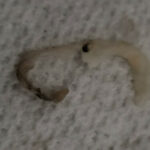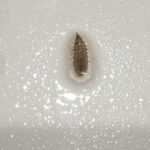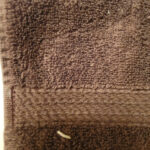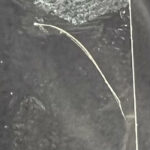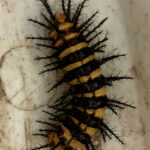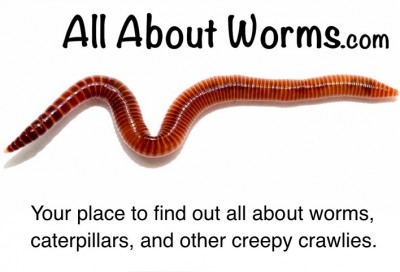Worms in dogs can seriously affect the health of pups and adults alike. Even worse, if left untreated, worms can cause death in dogs. While sometimes difficult to diagnose, worm infestations are not uncommon. There are specific signs that may or may not be present, which will depend on the type of worm and the overall fitness of the dog.
Referred to as parasites, the most common are intestinal worms followed by the more serious heartworm. In dogs, any of these worms can wreak havoc. They can be ingested when a dog is behaving normally outdoors and are also transmitted from adult females to offspring, either before birth or through nursing.
The intestinal parasite family includes tapeworm, roundworm, hookworm, and whipworm. General symptoms with any of these worms in dogs can be weight loss, lethargy, and diarrhea.
Tapeworms are transmitted by fleas. The segments often look like rice grains in the stool. Roundworms are the most invasive parasites among animals in general. They can grow to four inches long and typically cause a puppy to appear pot-bellied. Roundworms, if left untreated, may migrate into other tissue and remain dormant. These worms will often activate before a female gives birth and infect the puppies. Hookworms are the most common worms found in dogs. They are literally bloodsuckers and attach to intestines. Hookworms are often contracted when a dog tastes contaminated soil. Whipworms are difficult to diagnose and hard to treat. They thrive in dirt and attach with their tails to a dog’s large intestine.
Heartworms are more serious than any other type of parasitic worm. Transmitted by mosquitoes, the larvae enter the bloodstream and begin multiplying rapidly in the heart and arteries leading to the lungs. Lifelong preventive measures are essential as treatment for this particular worm in a dog can also be life threatening.
With the exception of heartworm, which is tested through blood, stool samples are typically required for inspection by a professional. While tapeworm segments and roundworms can be visually seen in canine excrement, the presence of hookworms and tapeworms can only be diagnosed under a microscope. Their eggs will be visible, but the adults remain in the intestinal tract. Inspection by a veterinarian is also critical, as different worm species require specific treatments.
It is especially important for individuals to wash after handling dogs or when playing outdoors where dogs are present. Some worms – specifically hookworms and roundworms – can migrate to humans through skin contact. To prevent re-infestations in dogs, feces should be bagged and disposed of in a safe manner.
Recommended Reading (click on the picture for details):
All About Worms is always free, always reader-supported. Your tips via CashApp, Venmo, or Paypal are appreciated! Receipts will come from ISIPP Publishing.




